ESA’s ExoMars and Mars Express observe comet 3I/ATLAS
Between 1 and 7 <sup>October</sup>, ESA’s ExoMars Trace Gas Orbiter (TGO) and Mars Express spacecraft turned their eyes towards interstellar comet 3I/ATLAS, as it passed close to Mars.
The search for life in the universe
Between 1 and 7 <sup>October</sup>, ESA’s ExoMars Trace Gas Orbiter (TGO) and Mars Express spacecraft turned their eyes towards interstellar comet 3I/ATLAS, as it passed close to Mars.
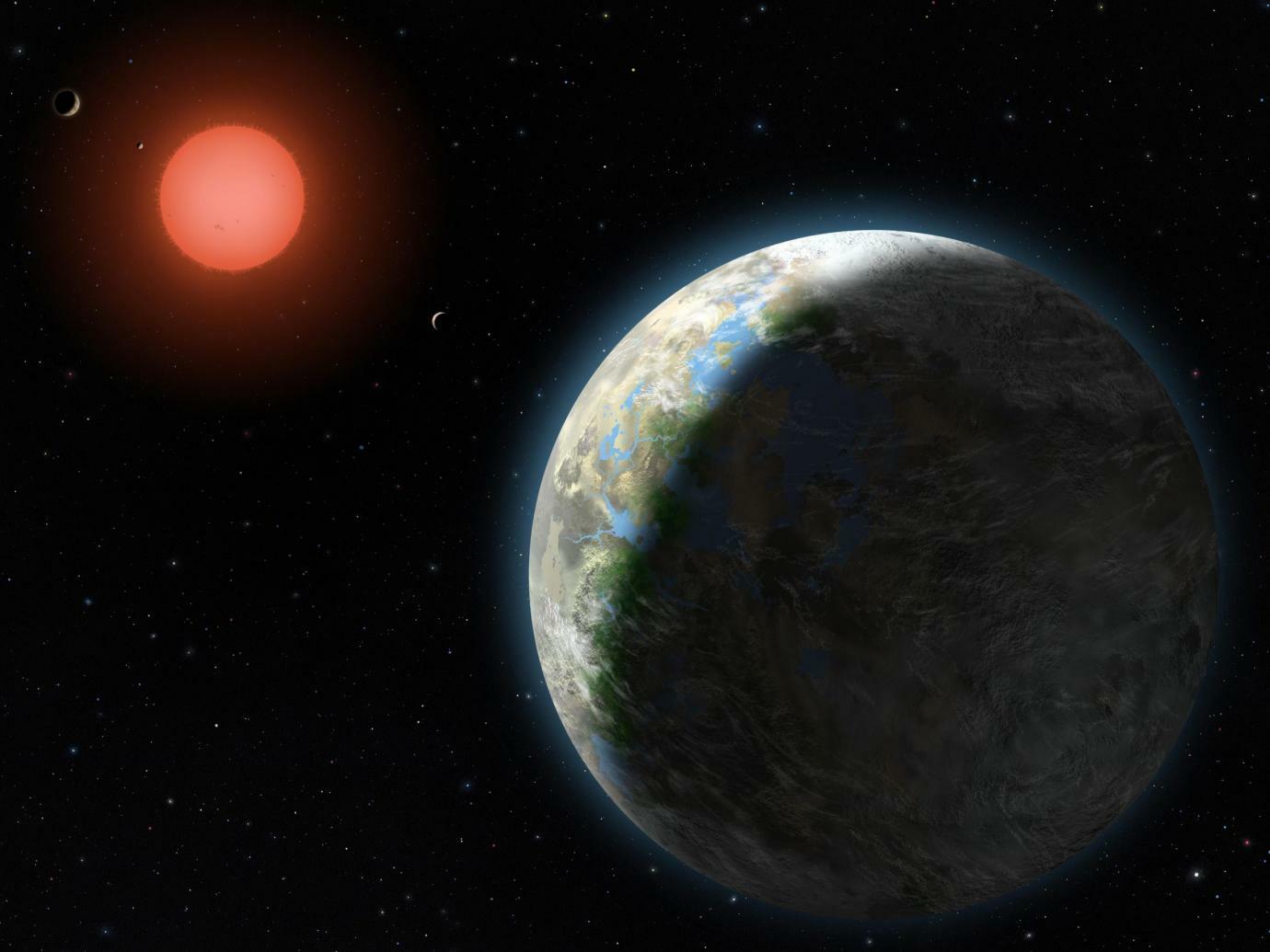
While no evidence of life beyond Earth has been found (yet), it is assumed that life and habitable planets are the norm (per the Copernican Principle). Meanwhile, exoplanet studies have revealed several rocky planets orbiting within the habitable zones of nearby dwarf suns. But as Columbia University Professor David Kipping argues in a recent paper, there is evidence that Earth could be an outlier, while rocky planets orbiting red dwarfs may not be capable of supporting advanced life.

Enceladus’ ice continues to get more and more intriguing as researchers continue to unlock more secrets taken from a probe over ten years ago. When Cassini crashed into Saturn in 2017, it ended a 13 year sojourn that is still producing new research papers today. A recent one in Nature Astronomy from the researchers at the Freie Universität Berlin and the University of Stuttgart found hints of organic molecules discovered for the first time on the icy moon, some of which could serve as precursors to even more advanced biomolecules.

The Search for Extraterrestrial Intelligence (SETI) has a data scale problem. There are just too many places to look for an interstellar signal, and even if you’re looking in the right place you could be looking at the wrong frequency or at the wrong time. Several strategies have come up to deal narrow the search given this overabundance of data, and a new paper from Naoki Seto of the Kyoto University falls nicely into that category - by using the Brightest Of All TIme (BOAT) Gamma Ray Burst, with some help from our own galaxy.

What is the meaning of life? Even the best of us couldn’t hope to answer that question in a universe today article. But there are those who would try to “constrain” it, at least in terms of physics. A new paper from Pankaj Mehta of Boston University of Jané Kondev of Brandeis that was recently pre-published on arXiv looks at how the fundamental constants of physics might be applied to life as we know it - and even life as we don’t know it yet. Their idea doesn't necessarily give the answer to the ultimate question, but it does tie two seemingly disparate fields nicely together.

NASA Says Mars Rover Discovered Potential Biosignature Last Year - https://www.nasa.gov/news-release/nasa-says-mars-rover-discovered-potential-biosignature-last-year/ Redox-driven mineral and organic associations in Jezero Crater, Mars - https://www.nature.com/articles/s41586-025-09413-0
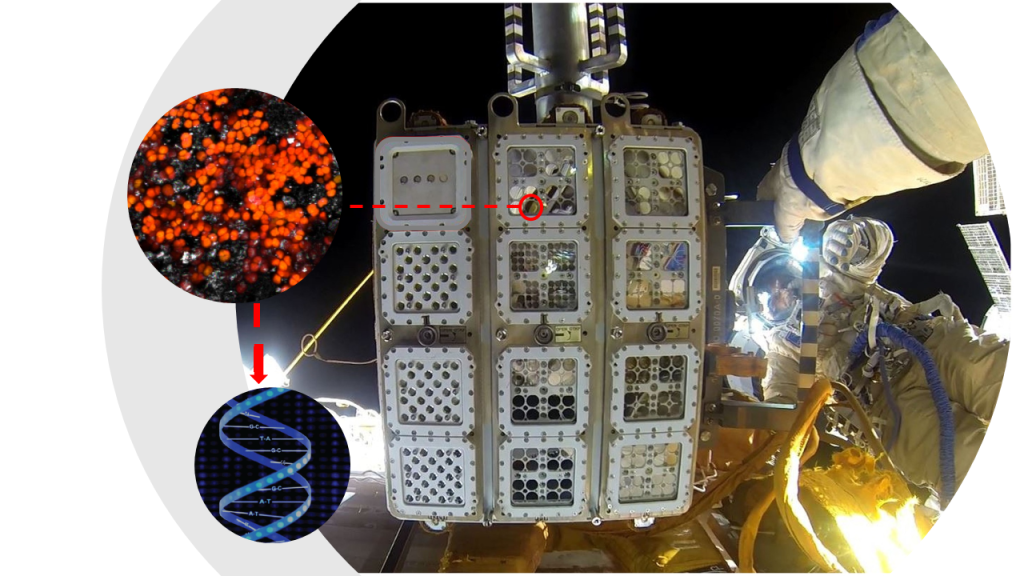
Extremophiles are a favorite tool of astrobiologists. But not only are they good for understanding the kind of extreme environments that life can survive in, sometimes they are useful as actual tools, creating materials necessary for other life, like oxygen, in those extreme environments. A recent paper from Daniella Billi of the University of Rome Tor Vergata , published in pre-print form in Acta Astronautica, reviews how one particular extremophile fills the role of both useful test subject and useful tool all at once.

Water is key to life as we know it. But that doesn’t mean its key to life everywhere. Despite the fact that the ability to house liquid water is one of the key characteristics we look for in potentially habitable exoplanets, there is nothing written in stone about the fact that life has to use water as a solvent as opposed to other liquid options. A new paper from researchers at MIT, including those who are developing missions to look for life on Venus, shows there might be an alternative - ionic liquids that can form and stay stable in really harsh conditions.

Life is complicated, and not just in a philosophical sense. But one simple thing we know about life is that it requires energy, and to get that energy it needs certain fundamental elements. A new paper in preprint on arXiv from Giovanni Covone and Donato Giovannelli from the University of Naples discusses how we might use that constraint to narrow our search for stars and planets that could potentially harbor life. To put it simply, if it doesn’t have many of the constituent parts of the “building blocks” of life, then life probably doesn't exist there.
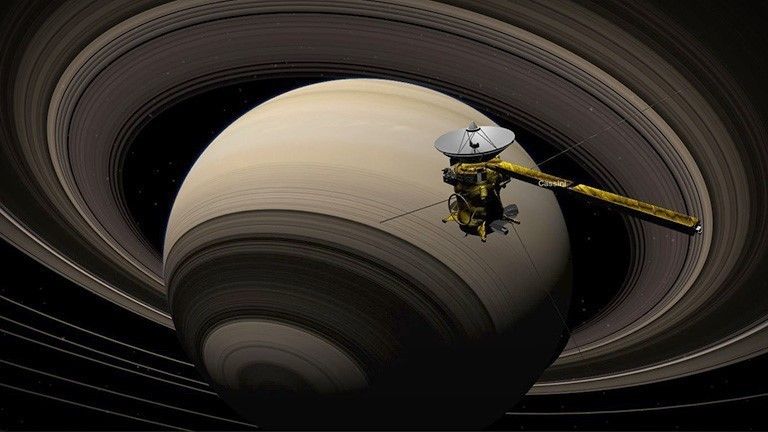
Wait wait wait. There are other, less stressful options. I don’t want to end on such a downer note. There is hope for us yet!

What about the middle stages? The march from single-celled organisms doing their single-celled thing to intelligent creatures that can wield tools and leave feedback reviews about them?
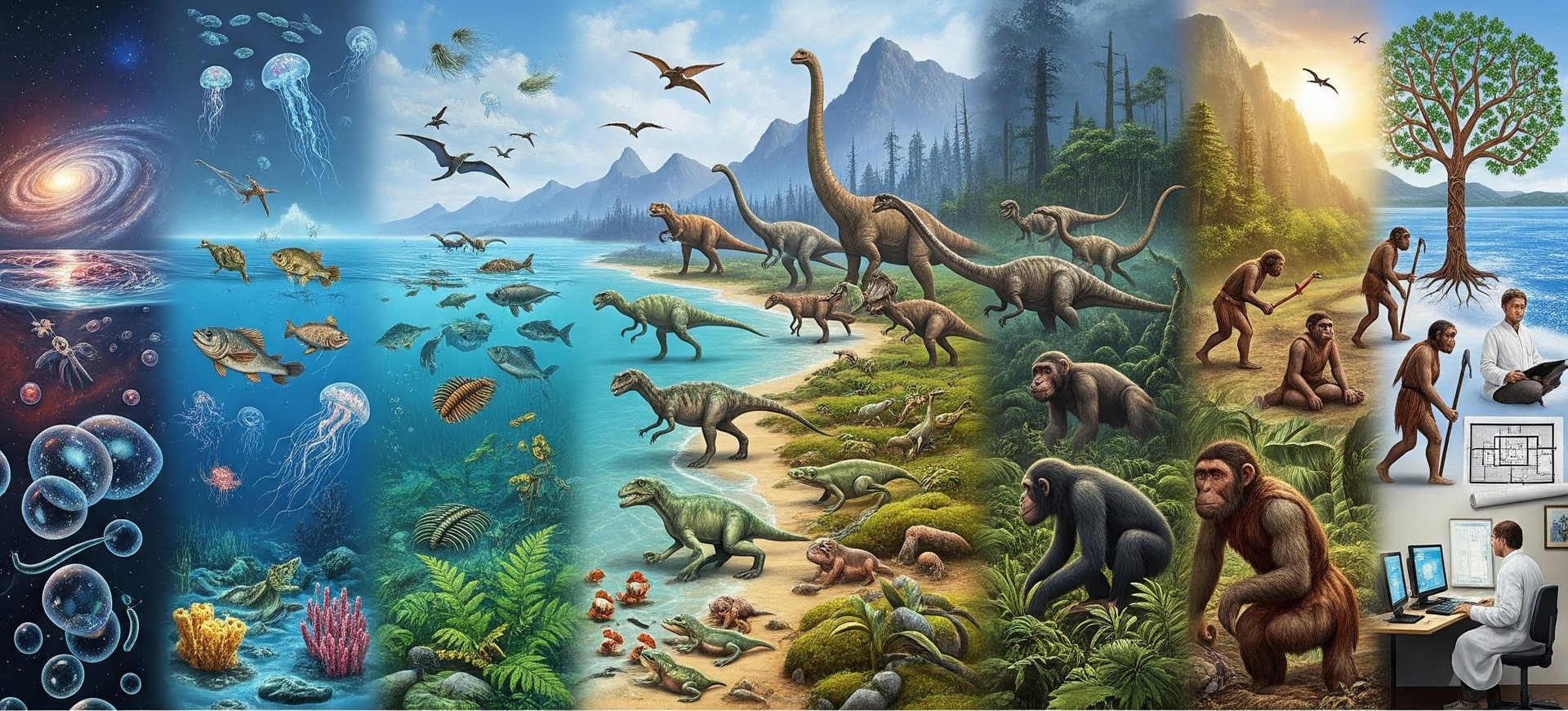
Now versions of the Great Filter argument had been around for decades (just like Fermi was not the first person to ask where everybody is), but the most comprehensive form of the argument comes from Robin Hanson in 1996.

Where is everybody? For decades that question was merely a part of physics legend, the kind of thing grad students overhear when their advisors take them out to dinner.

A Ph.D. student and his supervisor at Imperial College London have developed a simple way to test for active life on Mars and other planets using equipment already on the Mars Curiosity rover and planned for future use on the ExoMars Rosalind Franklin rover.
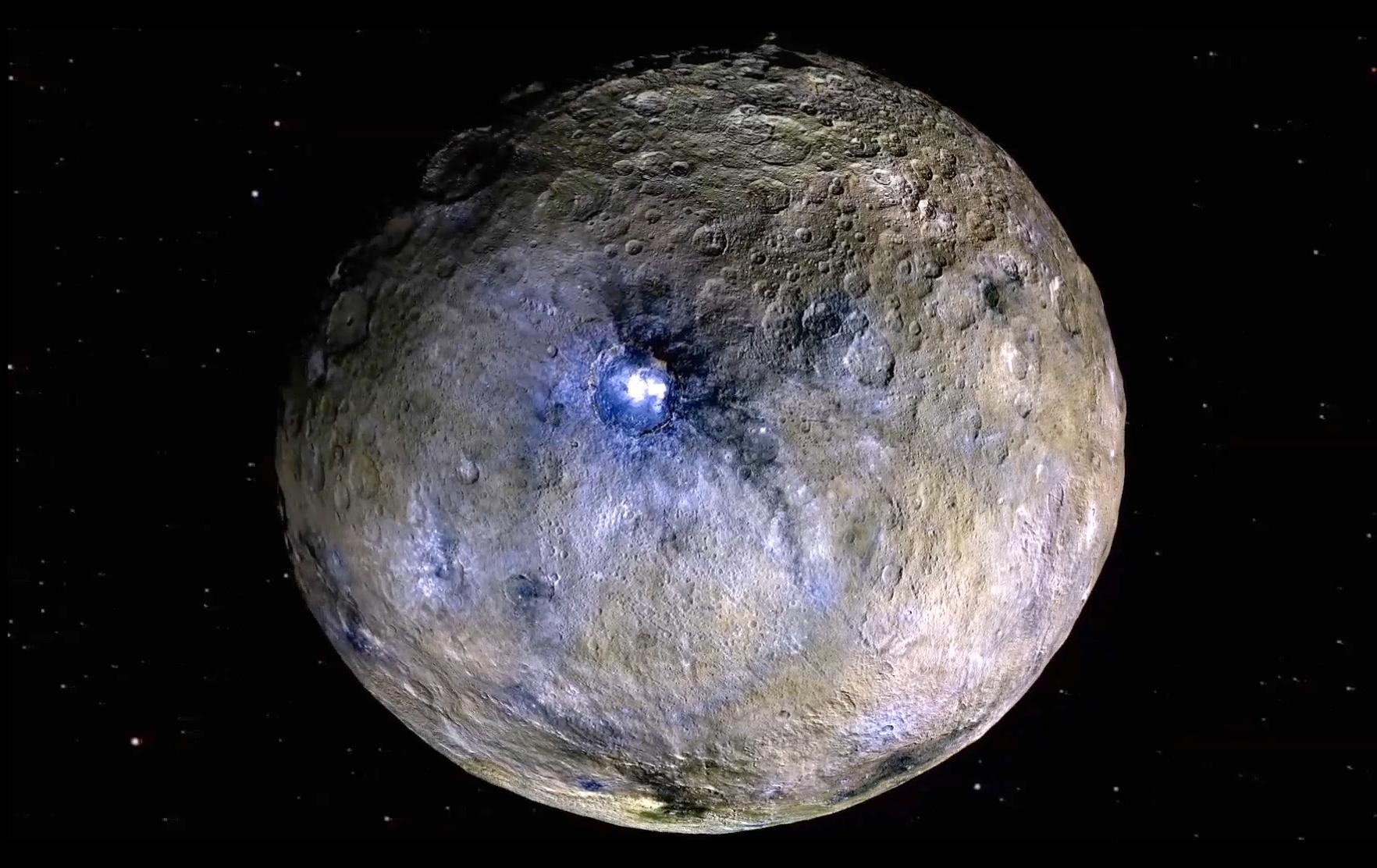
The dwarf planet is cold now, but new research paints a picture of Ceres hosting a deep, long-lived energy source that may have maintained habitable conditions in the past.
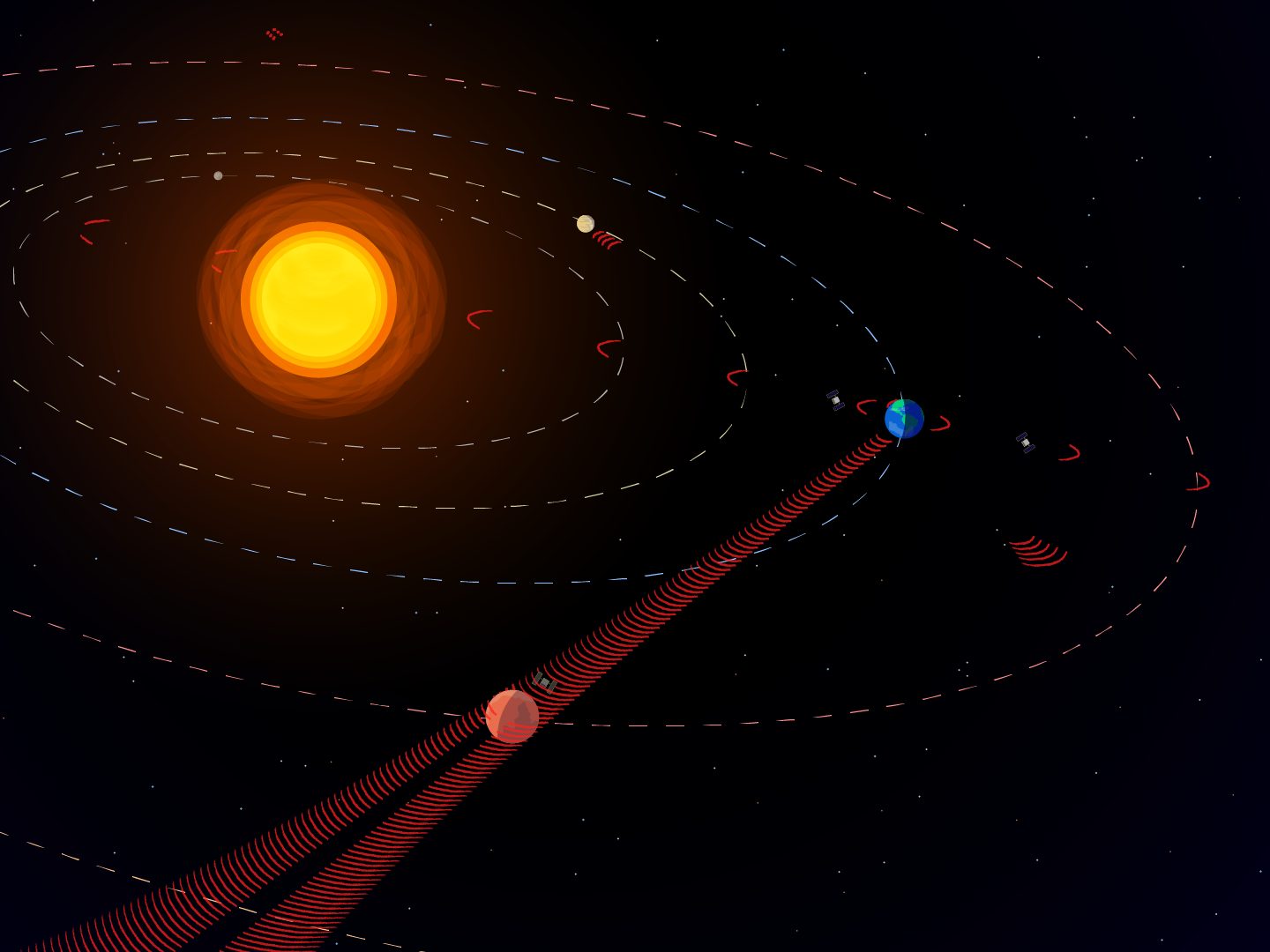
New analysis of human deep space communications suggests the most likely places to detect signals from an extraterrestrial intelligence.
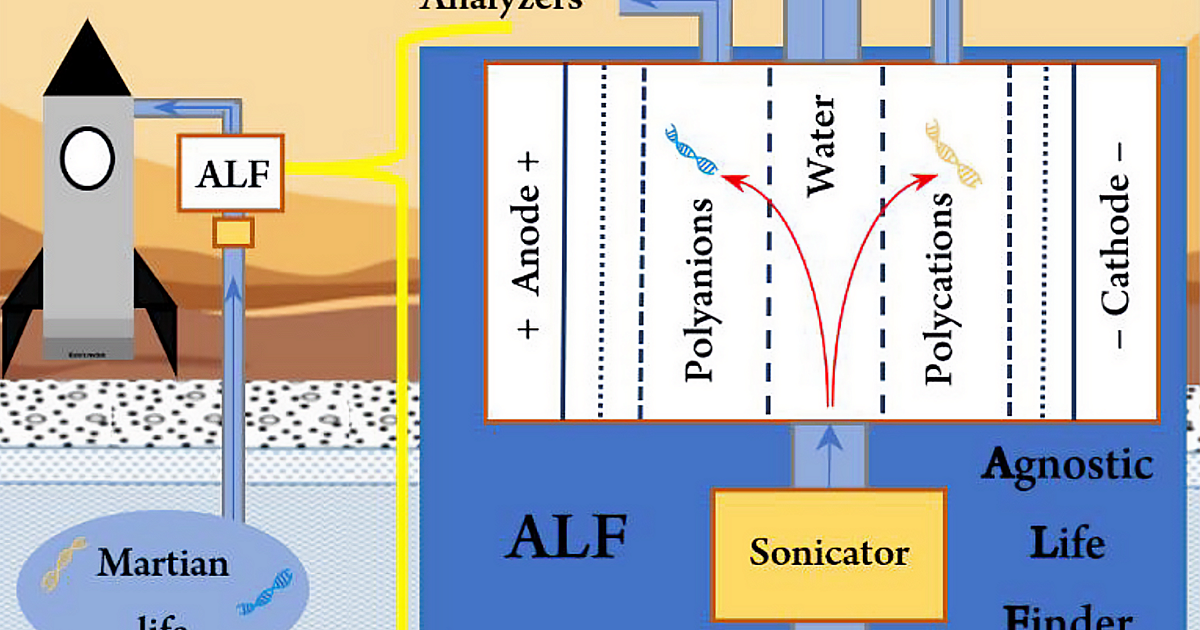
Mars still holds the promise of being one of the first places in the solar system humanity will colonize. However, if there was evolutionarily distinct, extant life on the planet, it might sway the heart of even the most ardent Mars colonization fans. So astrobiologists are in a race against time to try to determine whether or not such life exists, before the entire planet becomes an analogue of the Earth’s biosphere, if only unintentionally, and only a shadow of the ones that exists here. A new paper from the Christopher Temby and Jan Spacek of the Agnostic Life Finder (ALF) team discusses one of the most promising ways to prove definitively that life exists on the Red Planet - finding polyelectrolyte polymers - in other words, DNA.

A team of scientists have made a discovery that could help solve one of Earth's greatest mysteries, where did our planet's water come from? Using powerful radio telescopes, the researchers have detected water vapour in a comet located far beyond Neptune's orbit, and the results are changing our understanding of how life sustaining water arrived on our world.

Life arose early in Earth's history. Was this an inevitable process, or an extremely unlikely event that happened early on, and what does this tell us about the likelihood of life on other worlds? In a new paper, a researcher calculated the variables that went into the formation of life and found that a spontaneous emergence is theoretically feasible, but extremely unlikely. Instead, he suggests that there could be protection mechanisms or unknown self-organising principles that got life going.
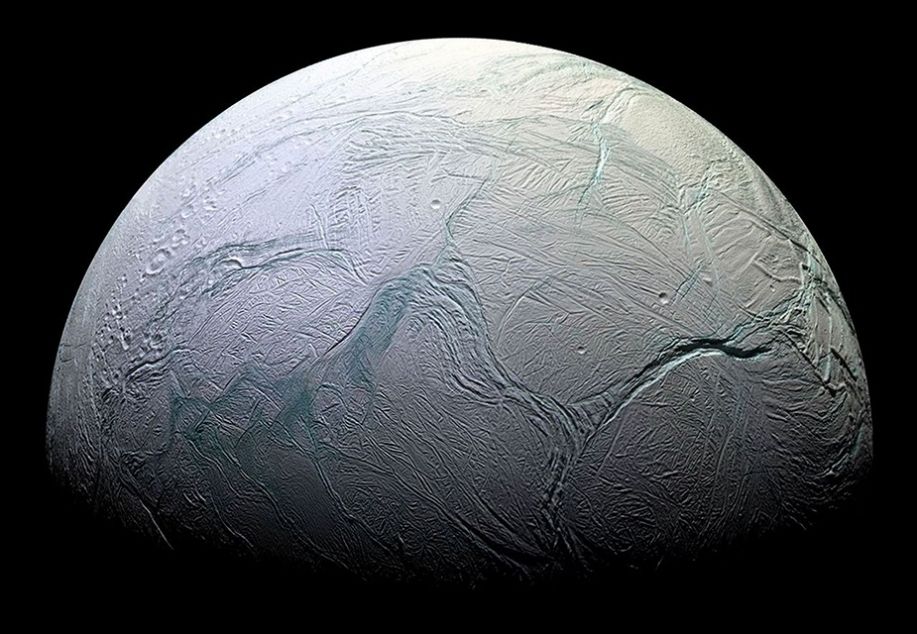
If you've ever dreamed of traveling through space as an explorer, you know there'll be some serious "downside dangers". One of them is cosmic rays. These high-speed particles slam through anything, including our bodies, damaging DNA and ripping molecules apart. As dangerous as they sound to unprotected spacefarers, they could actually help microscopic life survive hiding under the icy surfaces of places like Europa or Enceladus.